
Machine learning is all about Prediction.
Artificial Intelligence is, without a debate, the most in-demand technology in today’s market. Its applications range from self-driving cars to predicting deadly diseases. Its applications include everything from self-driving cars to disease prediction.
Machine learning’s value is based on its capacity to develop accurate models that can be used to guide future actions and to identify patterns that have never been observed before. An enormous amount of data have been generated since the technological revolution. Research says, we generate about 2.5 quintillion bytes of data per day. Every second, 1.7MB of data will be created for every individual on the planet, according to estimates.
Tesla and SpaceX chief Elon Musk said AI is more dangerous than North Korea.
Sundar Pichai, the CEO of Google, believes artificial intelligence will have a wider impact on the world than some of the most well-known innovations in history.


Let’s dive into Roadmap to Machine Learning.
Machine learning is an area of artificial intelligence (AI) and computer science that focuses on using data and algorithms to better understand the role humans learn, with the aim of continuously improving accuracy. Before learning Machine learning, one should be familiar with a suitable programming language such as Python.
Follow these steps for getting started with ML.
- If you want to understand Machine Learning with Python, you should be familiar with the following concepts:
- Variables
- Control Statements
- Mathematical Operators
- Working with files
- Functions
- Object-Oriented Programming
- Data Structures like List, Set, Dict, etc.
Many free Online sources are available for learning the above topics. Freecodecamp, W3Schools, GeekforGeeks, and many others.
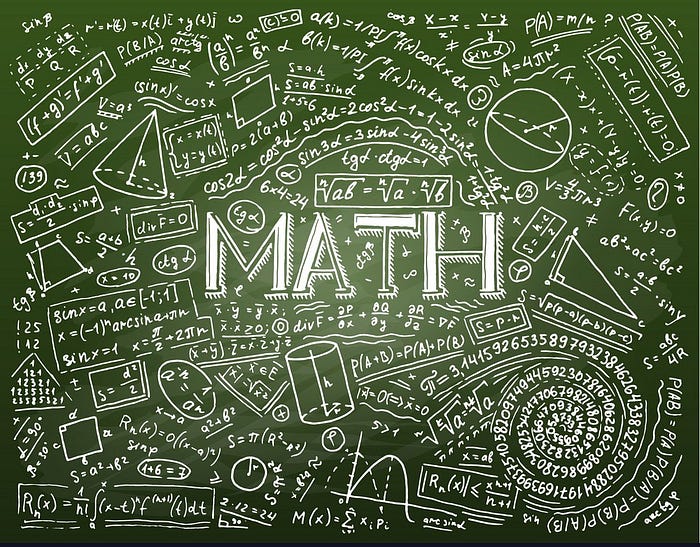
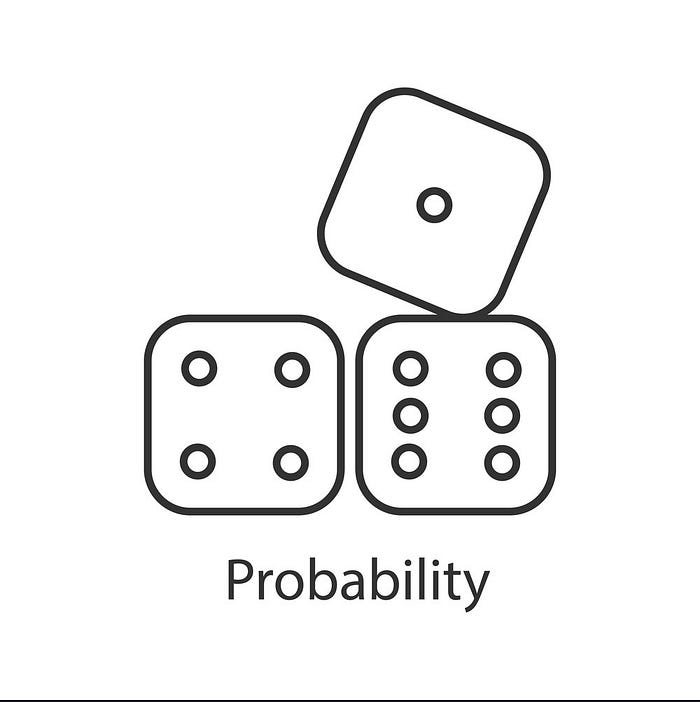
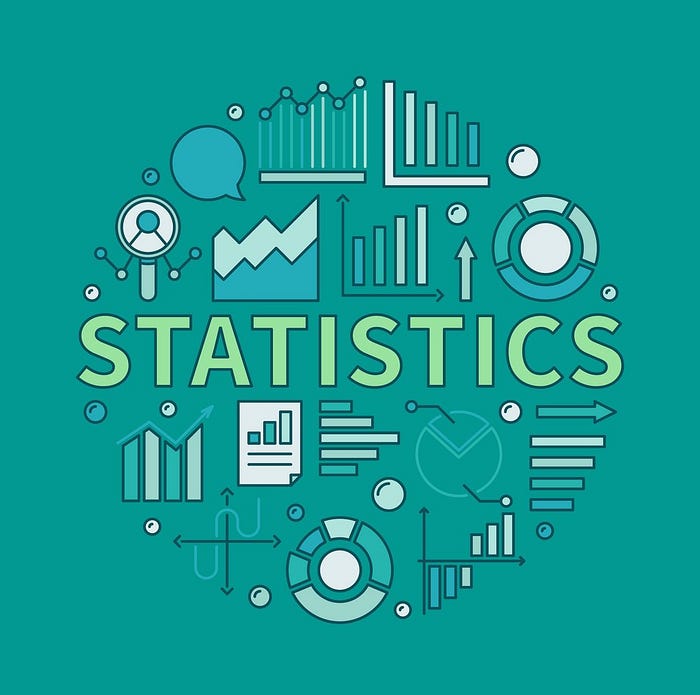
2. A Machine learning model is just a mathematical equation. It is essential to become familiar with the following Math Concept.
Calculus:
- Limit and Continuity
- Derivatives and Differentiability
- Integral
- Functions.
Because statistics and probability are the foundations of Machine Learning principles, a basic understanding of them and mastery of statistics and probability can help a lot in grasping ML concepts.
- Mean, Mode and Median
- Categorical and Numerical Data
- Standard Deviation and Variance
- Co-Variance
- Correlation
- Skewness
- Random Variables
- Distributions
ML is all about converting the data into numbers and matrices. So you must be familiar with vectors, matrices, and even tensors.
After getting familiar with the concepts of Mathematics needed for ML, let’s move on to what to learn next. Just learning the Mathematical concepts is not sufficient, implementing the mathematical concepts into code is necessary.
3. In python, we have various libraries with different functionality.
- Numpy
- Pandas
- Matplotlib
- Scikit-learn
- Tensorflow
- Pytorch etc…
NUMPY AND PANDAS
Pandas and Numpy are the best libraries for dealing with and manipulating Data. They are two strong python Libraries. Numpy helps you to work with numerical data.
Pandas can help you extract a tonne of data points and statistics. It saves your data in a DataFrame, which is strong and allows you to examine any aspect of your data. The documentation for these libraries will tell you everything you need to know about them.
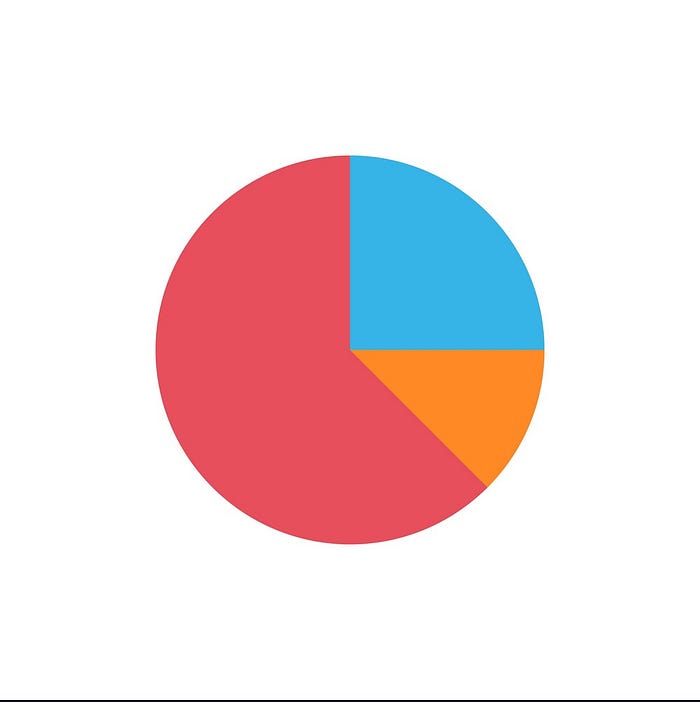

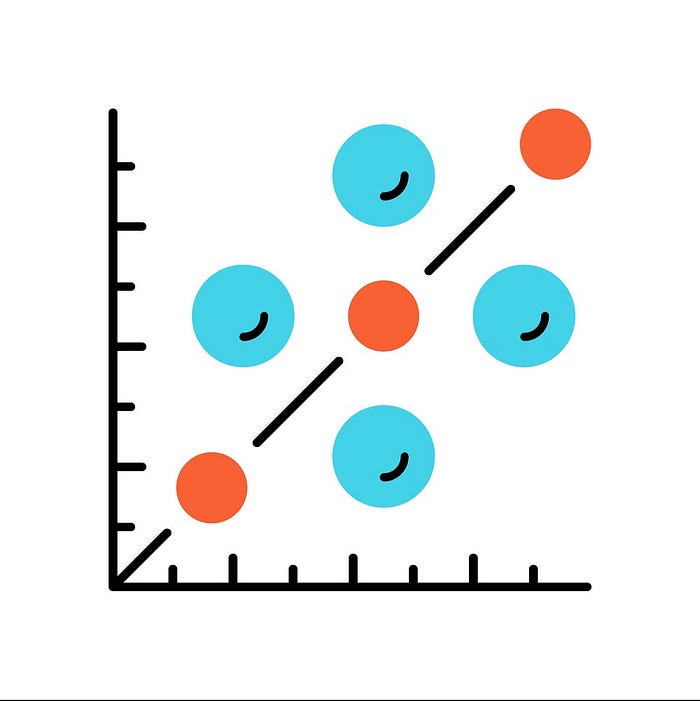
Getting the result like a number might not be preferable in all cases. Representing the data in the form of plots and graphs will help in such cases. Python libraries such as Matplotlib and seaborn can be used for Data Visualization.
Plots can be represented like:
- Histogram
- Bar Chart
- Scatter plot
- Bix plot and etc
After getting knowledge about the above stuff, move to master concepts like:
- Clean Data
- Feature Scaling
- Regression Algorithms
- Linear Regression
- Multiple Regression
- Polynomial Regression
- Classification Algorithms
- KNN (K Nearest Neighbour)
- Logistic Regression
- Decision Tree
- Random Forest
- Naive Bayes
- XGB Classifier
- Clustering Algorithms
- K-Means
- DB-SCAN
- Dimensionality Reduction
- LDA
- t-SNE
All the about concepts can be implemented easily using the library
sci-kit-learn.
→GET THE DATA →TRAIN THE DATA →TEST THE DATA.
